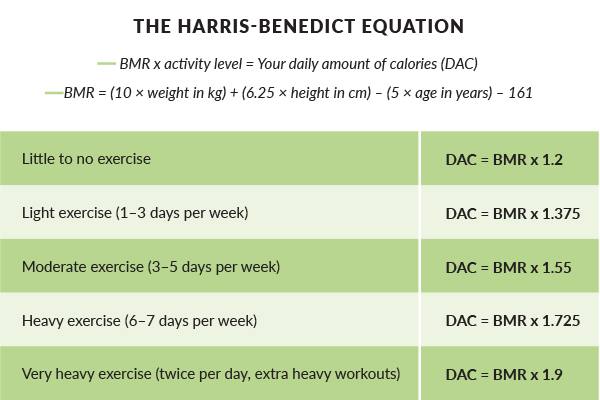Nutrition
A Beginner’s Guide To Counting Your Macros
Buzzwords crop up every so often in the health and fitness industry and sometimes it can be difficult to keep up. A diet craze will pop up in the mainstream, but before you get a chance to Google it, it’s gone. ‘Macro counting’, however, is a trend that has never suffered the same fate of many others.
Regardless, a lot of people are still confused. What is a macro, why am I counting them, what do they do? These are all valid questions and ones we’re here to answer.
What are macros?
Macros is short for ‘macronutrients’, which is a term used for the three key food groups that keep us going: carbohydrates, fat and protein. Instead of counting calories, counting your macros is an understanding that calories aren’t all the same. For example, your body will use 20 calories of fat very differently to 20 calories of protein.
All are essential for our bodies to function, but depending on your lifestyle, some are needed more than others. Carbs fuel your energy, fats keep you satisfied and proteins build and repair muscle. Got it?
Ratios
So, now you know what a macro is, how much of each do you need? This depends on how active you are, how much you currently weigh and what your fitness goals are. If you work in an office and have a sedentary lifestyle, carbs might not be as essential as those who are more active and stand on their feet all day.
To find out your macro ratio there is a (kind of) simple equation called your basal metabolic rate or BMR that calculates which rate your body uses energy to stay alive.
Once you’ve found your daily calories, you can use the classic 4:4:2 (4 carbs, 4 protein, 2 fat) ratio as a starting point. It’s great for those who want to lose fat but retain muscle.
Protein: DAC x 0.4 / 4 = ___g
Carbohydrate: DAC x 0.4 / 4 = ___g
Fat: DAC x 0.2 / 9 = ___g
There are also some awesome and intuitive macro calculators out there. We recommend the Bodybuilding.com one as it takes your fitness goals into consideration.
How to keep track
You now know what a macro is and how to calculate your daily needs. What’s next? Many people think that counting macros is a lot of effort that means you can’t just eat something out of the packet. It doesn’t, it’s just about being smart about what types of food you eat and keeping track.
Everyone prioritizes their macros differently and as you get better at listening to your body and understanding what it needs, you will be able to fuel your body accordingly.
MyFitnessPal is a great, free app to get you started. It has a huge database filled with food and tools to add your own meals. It helps track your calorie and macro intake throughout the day and shows you which meals your ‘spending’ them on, which can help you adjust in the future if you’re not seeing results.
This is only a brief look into counting macros. The key is to educate yourself on what you’re putting into your body and then reacting and adjusting when you feel like things aren’t working. When done correctly, it can be the most effective diet which doesn’t restrict any food and even allows for a slice of pizza every now and then!























